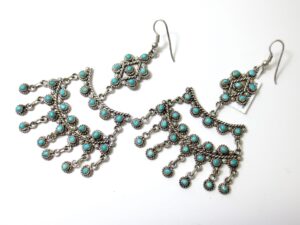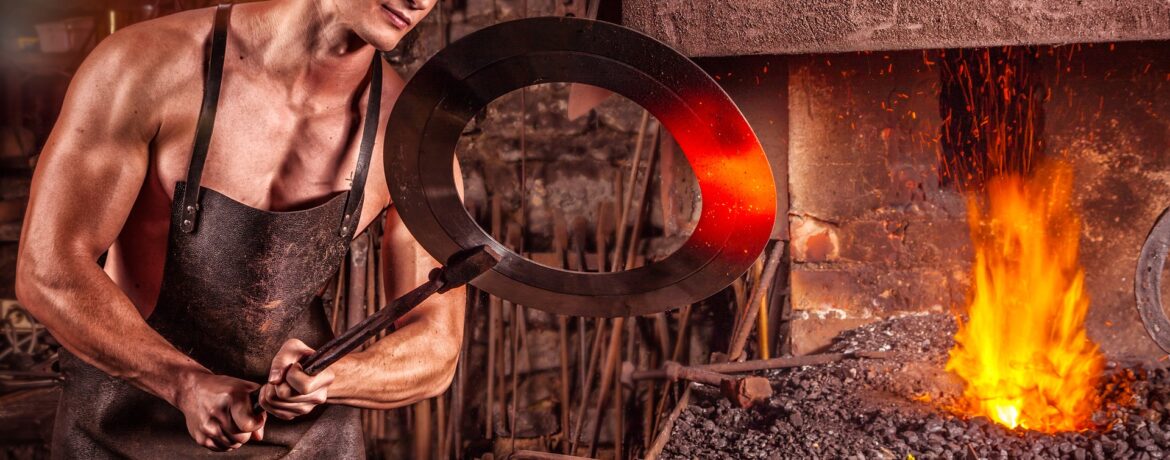Native Americans have had a deep relationship with precious metals since ancient times. From gold and silver to copper, the Indians of North America used these materials for everything from jewelry to weapons. With their rich cultural heritage, Native Americans helped shape the history of these valuable materials – often without credit! Let’s take a closer look at how this unique people interacted with some of mankind’s greatest treasures.
The first thing that comes to mind when you think about Native American/precious metals interaction is trade. The Natives were known as skilled traders, exchanging goods like furs and weapons for items like tools and coins. They also bartered for different types of metalwork such as jewelry or even statues made from bronze and other alloys. These craftsmen would use their skills to produce beautiful works of art that could be displayed in homes and communities across the continent.
But beyond trading, Native Americans also valued precious metals for spiritual reasons as well. Gold was seen as an embodiment of power and strength while silver represented purity and healing properties. Copper was viewed as being connected to the underworld – something that could protect against evil spirits. This connection between spirituality and metalworking can still be seen today through traditional ceremonies involving smithing techniques passed down over generations.
History Of Metal Work
Native Americans have been working with precious metals for centuries. Before Europeans arrived on the continent, many tribes had developed complex metalworking techniques that they used to craft jewelry, weapons and tools out of copper, silver and gold. These materials were highly sought after by Native American cultures of all kinds – from the Hopewell in Ohio to the Aztecs in Mexico – and were often traded between different tribal groups.
Metalwork was especially important among Plains Indians like the Lakota Sioux, who used it to make items like horse bridles and other ceremonial decorations for their homes or tipis. Silver became particularly popular due to its malleability – which made it much easier to work with than harder metals such as iron or steel – as well as its aesthetic appeal. This led to a rise in demand for silver amongst Native American people during this period, resulting in increased trade between European settlers and tribal nations throughout North America.
The tradition of crafting intricate pieces out of metal continues today, with modern Indigenous artists creating beautiful works inspired by traditional designs but also incorporating more contemporary styles. As a result, these pieces are becoming increasingly popular amongst collectors around the world – furthering appreciation for both Native American culture and history, as well as the incredible artistry of these skilled craftsmen.

Traditional Jewelry And Adornments
Now, let’s move onto traditional jewelry and adornments of Native Americans. Jewelry was an important part of many tribes’ culture. Not only did it signify wealth and status—it also provided protection from evil spirits for the wearer. Jewelry was made out of a variety of materials including precious metals like silver and gold, bone, shells, feathers and animal teeth.
Of all these material types, however, metalwork had the most significance in Native American craftsmanship. Metalwork served as both decoration and symbolism to represent tribal values or beliefs such as spirituality and fertility. Many tribes used copper and brass to create intricate designs on jewelry items such as earrings, brooches and necklaces. Silver was often used too because it symbolized purity while gold represented power. Interestingly enough, some tribes even believed that wearing pieces made with these two metals together would bring good luck!
Native Americans were not just creative when making their own jewelry; they were also skilled traders who acquired beautiful pieces through trading other goods with Europeans. As well as receiving much-needed supplies like tools and weapons in exchange for natural resources like fur pelts or timber, they also obtained stunning pieces that enriched their cultural heritage. These included dazzling glass beads which they crafted into bracelets or pendants along with decorated handbags or headdresses featuring vibrant colors derived from dyes extracted from plants native to North America at the time.
From handmade trinkets to luxury items received through trading networks, Native Americans have been celebrated for centuries for their exquisite use of precious metals in creating unique adornments that continue to capture our attention today!
Impact Of Precious Metals On Native American Culture
Precious metals, such as silver and gold, had a huge impact on Native American culture. They were used for trade and to gain access to goods that weren’t available in their own region. This was essential for both the tribes of North America and the Europeans who arrived in the New World.
The European traders brought with them certain items from Europe which could be exchanged for furs, hides, food and other goods only found in North America. The value of these goods was determined by the amount of precious metal an individual or tribe had at their disposal. Chiefs would often accumulate vast amounts of wealth through trading with Europeans, allowing them to have more influence within their society.
Native Americans also saw precious metals as symbols of power and status within their communities. As they began trading with Europeans, many sought out ways to obtain large quantities of silver and gold. This allowed them to show off their wealth but also provided them with a sense of security during times when resources were scarce or difficult to come by. Additionally, it helped boost morale among members of the tribe since having access to rare materials boosted one’s standing in the community.
In short, precious metals were integral in helping shape Native American culture throughout history due to its ability to facilitate trade between cultures and provide a means for individuals to exhibit social status within tribal societies.
